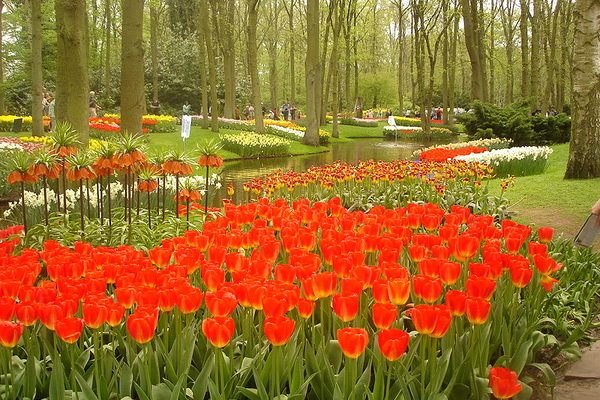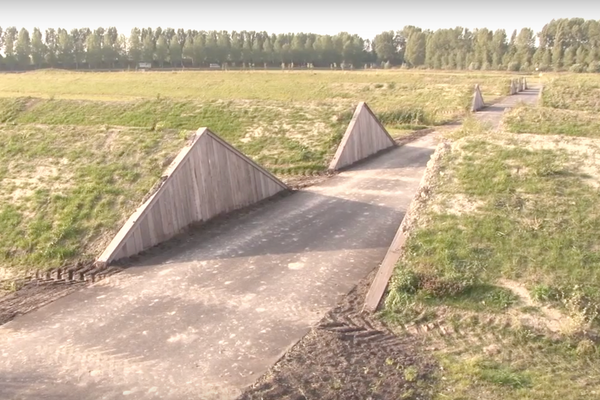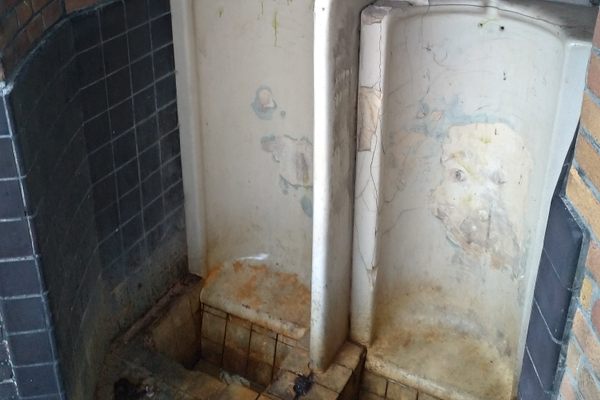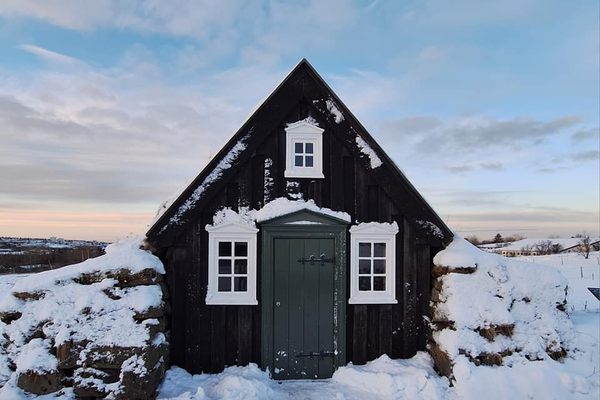Black Tulip Museum
A journey through 430 years of bulbiculture in the Netherlands.
Located in the Lisse town center, close to the famous Keukenhof flower garden, this small museum tells the story of Dutch tulip farming and breeding from the late 16th century until today. From tulip-themed artworks to harvesting machines to modern plant genomics, the collection covers a wide range of topics related to this fascinating flower that wrote history.
Early documents indicate that the first “tulipmania” likely broke out in the 15th century in the Ottoman Empire, when early botanists started to breed, grow, and classify various tulips and enjoy their beauty in their gardens. Soon European botanists caught the obsession and used their academic networks to fill royal gardens all over Europe with the exotic flower. On top of scientific reasons for breeding tulips, for example as a medical plant, botanists started to supply an ever-growing group of private tulip collectors.
The first tulip bulb made it to the Netherlands in the 1590s when it was introduced by the Dutch botanist Carolus Clusius, the new director of Leiden Hortus Botanicus. The region between Amsterdam and Antwerp provided perfect conditions for large-scale tulip agriculture and soon became the international hub for harvesting tulip bulbs. While professional breeders were continuously creating new kinds of tulips and made a good living from the sales, the local population lived in poverty and strongly depended on the unreliable bulb harvest. Tulip fashion trends could change just as quickly as the weather that could destroy the hard work of a whole year.
Then in 1637, the bulb bubble burst. Bulbs of desired tulips could reach frightfully high prices, which were traded on a pre-modern stock market. The ongoing speculative activities came to an end when the tulip market crashed, an event that is generally said to be the first “speculative bubble” in history. Though some investors committed suicide in the wake of their losses, it was probably the local farmers who suffered most from having produced loads of tulips they were not able to sell. And since a vast part of the agricultural land was covered with tulip fields, there was even a shortage of food.
The Black Tulip Museum in Lisse (or Museum De Zwarte Tulp in Dutch) details the fascinating history of this humble bulb and the great influence it has had in Holland. Fittingly, the museum’s name comes from Alexandre Dumas’ 1850 novel La Tulipe Noire, which tells the story of another chapter in tulipmania, the infamous race among breeders striving to grow the first tulip that blooms all in black, and the crimes they committed to reach their goal.
Know Before You Go
The museum is open from Tuesday through Sunday from 10 a.m. to 5 p.m. Object descriptions and audio guides are available in English language.

















Follow us on Twitter to get the latest on the world's hidden wonders.
Like us on Facebook to get the latest on the world's hidden wonders.
Follow us on Twitter Like us on Facebook